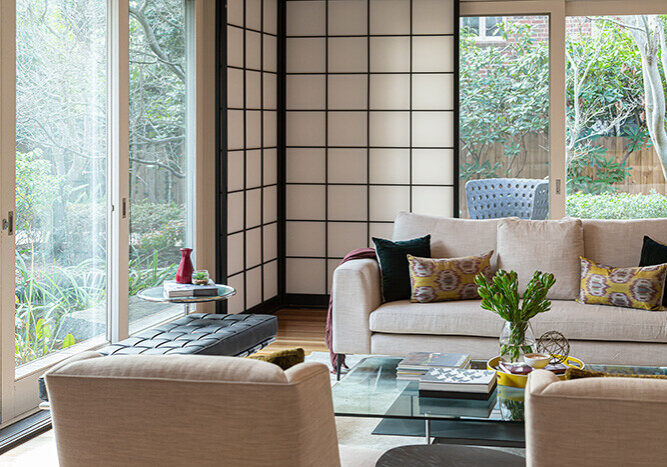In the dynamic world of interior design, a blend of creativity and strategic acumen sets the stage for thriving businesses. Whether you’re a seasoned designer or starting out, navigating the competitive landscape demands a strategic edge. How can you ensure your interior design venture not only survives but flourishes?
Actionable Strategies for Starting an Interior Design Businesses
In this blog post, we delve into the essential playbook of success utilizing these 12 actionable strategies that have been proven to elevate your business to new heights. From attracting coveted clients to carving out a distinct niche in the market, join us as we unveil the blueprint for building a profitable interior design business.
- Defining your style and niche is not only essential to establishing yourself as an expert in a specific area of interior design but also essential for your overall brand. By specializing in a particular style or service, you’ll position yourself as a go-to professional for clients seeking your expertise. Thankfully, interior design is comprehensive and contains a world of variety. For example, some of our clients at Logistis for Designers specialize in commercial design, office design, beach house design, sustainable interiors, and outdoor and interior design, just to name a few.
- All business plans should begin with a strong brand identity. This is important for attracting clients and standing out in the interior design industry. Develop a captivating logo, create a visually appealing website, and craft compelling marketing materials that showcase your unique style and professionalism. If this is something you are interested in partnering with a company on, there are many professionals whose jobs are to help create intriguing logos and design aesthetically pleasing websites.
- Next, you’ll want to develop your portfolio. This is important for you as a designer whose visual skills are your most significant selling point. Your portfolio serves as a visual representation of your talents with textures, colors, uses of space, and all the creative aspects of your design process. When you highlight your best work and include diverse projects, you effectively demonstrate your ability to cater to different client needs and design aesthetics. The best place to feature your portfolio is on your website.
- Using social networking and other forms of networking to connect with other industry professionals, such as architects, contractors, and suppliers, can open doors to new opportunities. Collaborating on projects and attending industry events allows you to expand your reach, gain referrals, and build a strong professional network.
- This one is obvious but cannot be stated enough. Providing exceptional customer service is key to maintaining satisfied clients and generating positive word-of-mouth recommendations. Actively listen to your clients’ needs, communicate effectively, and ensure their satisfaction throughout the design process. Happy clients become repeat clients and valuable sources of referrals.
- Consider offering a range of services to cater to a broader clientele. In addition to interior design, you can provide services such as space planning, procurement, color consultations, furniture selection, or home staging. Diversifying your services increases your revenue potential and positions you as a one-stop solution for clients’ design needs.
- Develop a pricing structure that reflects your value and is competitive in the market. Consider factors such as project scope, complexity, and your expertise when determining your rates. Whether you charge hourly fees, fixed rates, or a combination, ensure your pricing covers costs, overheads, and desired profit margins.
- Efficient project management is an important part of running a successful interior design business. Project management done well can help in meeting deadlines and maintaining strong client relationships. It can also assist in tracking progress, organizing client communication, and managing budgets effectively. Speaking of budgeting, designers who integrate their project management software with their financial software experience smoother operations in their back office.
- Working with an accounting partner capable of providing precise financials and accurate sales tax filings also enhances productivity and client satisfaction. At Logistis for Designers, Houzz Pro and Studio are our two favorite project management softwards. Staying up to date with the latest software, 3D visualization tools, and project management platforms can give you a competitive edge. Embracing technology enhances your design capabilities, improves client presentations, and increases overall efficiency.
- To reach your target audience effectively, develop a comprehensive marketing strategy. Utilize social media platforms to showcase your work, create engaging content, and interact with potential clients. Run targeted ads, collaborate with iother designers, and think about using online directories such as theexpert.com to increase your visibility in the digital space.
- Asking for feedback can feel uncomfortable but positive reviews can be an incredible marketing tool and a testament to your skills and successful business. Encourage your satisfied clients to provide testimonials or online reviews though Google or Yelp.. Positive reviews and referrals are powerful tools for building trust and attracting new clients. Display these testimonials prominently on your website and social media platforms to enhance your credibility and status in the industry.
- Lastly, but certainly not least, the interior design industry is constantly evolving, so staying updated with the latest trends, materials, and practices will surely set you up for success. This looks like attending workshops, conferences, and training programs to enhance your skills and knowledge. Continuous learning ensures that you deliver innovative and up-to-date design solutions to your clients.
As you embark on the journey of conceiving your very own interior design business, remember that success is not a destination but a continuous pursuit and above all a learning journey. Stay curious, stay adaptable, and commit to lifelong learning to stay ahead of the curve. By integrating these strategies into your business ethos, you’re not only poised for success but also for sustained growth and innovation in the world of interior design.
Share On:



